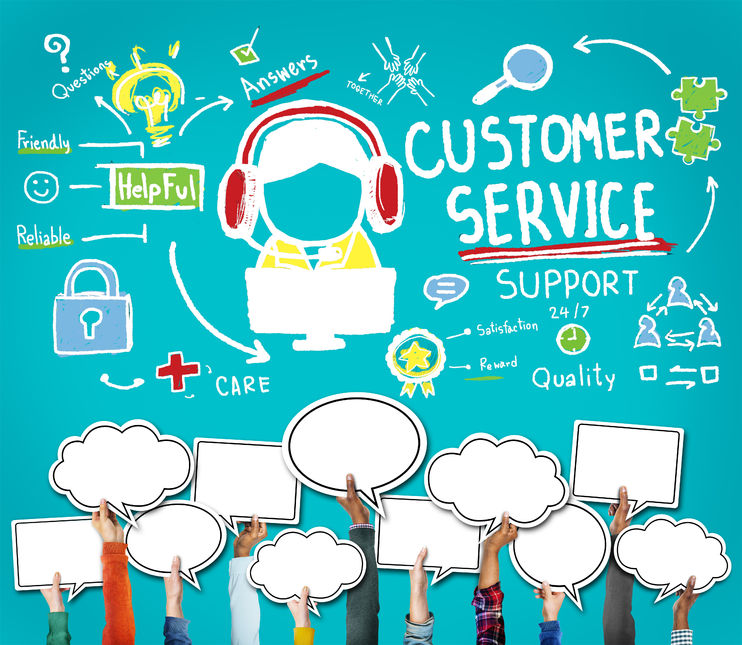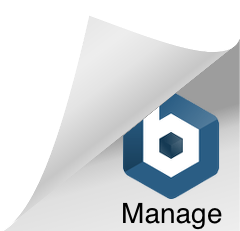Turn It Up Tuesday: Tips from Insightly to Take Your Business to 11
Welcome to Turn It Up Tuesday, where we bring you 4 weekly tips—a tip on running your business, a tip on using Insightly CRM, a tip on improving your sales, and a tip on improving your life. Enjoy this week’s tips!
 |
Simplify Next Year’s Holiday Cards (with Insightly) |
| Although the holidays will soon be a distant memory, it’s not too early to plan for next year. If you send customer greeting cards, there’s simply no reason to write them out by hand. Remember, you have Insightly for a reason – use it!
As the next holiday season approaches (or whenever you send out mailers), follow these simple steps to prepare your mailing list with greater ease:
Before you forget, set yourself an Insightly reminder for mid-November 2017. You might save yourself (or your assistant) several hours of frustration next year!
|
|
 |
Get More from Your Marketing Newsletter |

Most businesses send out email newsletters. The benefits are obvious: staying top of mind, providing thought leadership, and generating clicks are just a few compelling reasons. However, unless you’re intentional with your newsletter, you run the risk of just being another annoyance to recipients. Consider these tips for enhancing your newsletter’s value: Think like your recipients: Put yourself in the shoes of those on your email list. Would you really want to keep receiving your newsletters? Just because people rarely complain, it doesn’t mean that they enjoy your content. What style and content adjustments can you make to increase subscriber engagement? Use rock-solid tracking: All of your marketing activities need to be tracked. Email marketing is no different. Most email marketing systems offer their own reporting capabilities. Some even permit integration to popular web analytic packages. Look for ways to track subscriber activity and review the data regularly. Mix in a few CTAs: It’s OK to tastefully mix in a few call-to-actions (CTAs) for your products or services. Customers kind of expect it, so don’t be shy. Just be transparent and always give subscribers the option to opt-out. Create a sense of exclusivity: Your blog is a great source for newsletter content. However, simply regurgitating what’s on your website into email format may not be enough. Dedicate some real estate to original content, which can only be found in your newsletter. You’re likely to see a boost in open rates!
|
|
 |
Design a Continuing Ed Plan for Yourself |
|
Clients appreciate your expertise. Although much of what you know was learned through life experiences, a certain percentage of your knowledge originated from something you read online. Stop and think about a highly impactful video that you’ve watched or article you’ve read. How did you come across it? Perhaps you saw it on social media. Or, maybe a colleague forwarded it to you. There’s nothing wrong with this approach, but it’s very reactive in nature. You need to proactively seek information to stay competitive. But, how? Perhaps it’s time you implemented a simple continuing education system for yourself. It’s really not that hard. Here are a few ideas:
An important note here: be sure to actually make time to review the content you gather. Although you’re a busy person, setting aside a few minutes of continuing education time weekly can pay big dividends. Set a goal of learning one new thing each week, and you might be surprised by the outcome!
|
|
Create a Sense of Urgency |
|
|
What are you doing to proactively create a sense of urgency with your prospects? If your answer is “I’m not sure,” then it’s time you took a step back and reevaluated things. As our buddy Adam Honig at the Spiro blog points out, “It’s not enough to build value for the customer if you can’t also explain why they need to move forward as soon as possible.” So, what can you do to start making your leads feel more inclined to buy? Here are a few quick ideas:
Some customers simply need to be pushed. It’s not that they don’t want your products. Rather, they’re probably just too busy on other things.
|
Send Us Your Tips. Would you like to share your tips with Insightly customers? Send them to us! If we use one in our weekly feature we’ll send you a $10 Amazon Gift Card! Contact us on Facebook, Twitter, Google+, or send us an email.
About the author: Matt Keener is a marketing consultant and President of Keener Marketing Solutions, LLC. Matt specializes in content marketing and strategic planning, having helped numerous Saas (software as a service) companies and other small businesses worldwide. Read more of Matt’s work, check out his book, or connect with him on Linkedin.








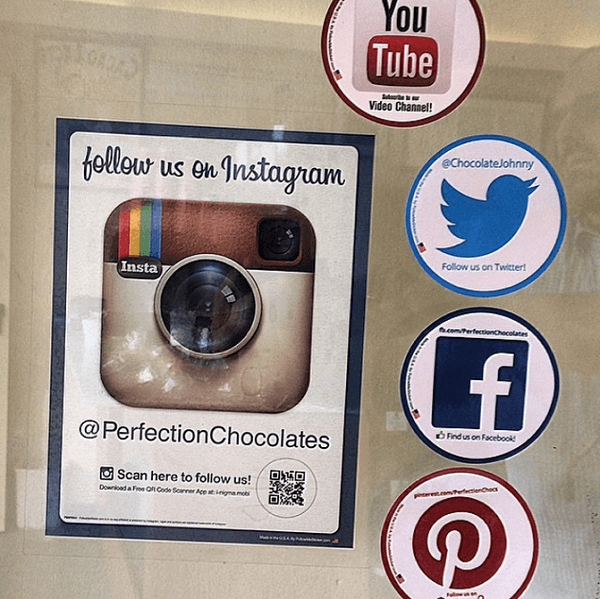

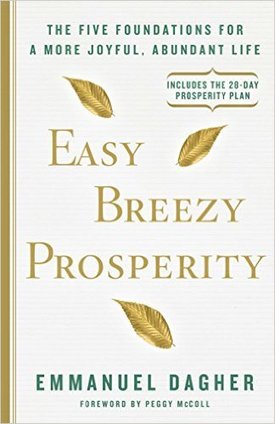



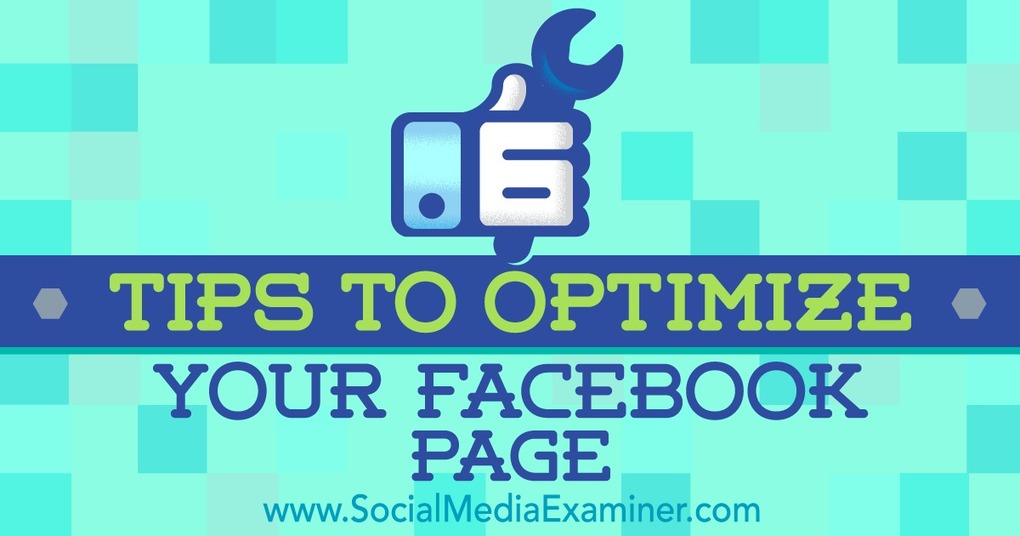

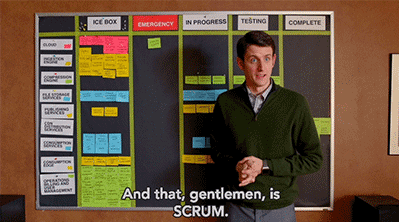





 Lauren Maffeo covers trends in the project management, finance, and accounting software industries for
Lauren Maffeo covers trends in the project management, finance, and accounting software industries for 